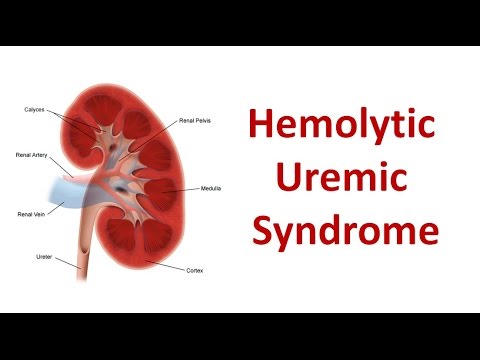
Hemolytic Uremic Syndrome is a rare kidney disease that causes blood vessels in the legs to swell and bruise. The condition, sometimes referred to as Hemorrhagic Uremic Syndrome, is a result of a variety of factors including a low platelet count and high protein intakes. The symptoms of Hemolysis include leg pain and swelling.
Kidney infection is one of the main causes of blood clots that cause hemorrhagic stroke. You can avoid the most common cause, E. coli, by regularly cleansing your kidneys. You should avoid prolonged contact with dirty water and always follow proper hand washing procedures. Alternative names: Hemorrhagic shock; shock syndrome; shock syndrome.
Kidney disease occurs when there are not enough kidneys in the body. In a healthy body, you have at least two kidneys, usually two or three. If you have one kidney that is not functioning properly, it will not function properly either. This condition is called anemia.
Hemolytic renal failure occurs when the kidneys are unable to filter and remove toxic waste from the body. This can lead to swelling of the leg. Symptoms of hemolytic uremic syndrome include severe leg pain and severe discomfort in the affected leg.
It is important that you seek immediate medical attention if you have any of the following symptoms: jaundice, fever or dark urine, blood in your stools, and vomiting. You may also experience dizziness and nausea. The reason your symptoms get worse when you are exposed to sunlight or heat is due to kidney damage from the disease.
People with kidney disease are more likely to have hemolysis. A person with primary target organ failure is more likely to develop hemolysis because he or she does not have the ability to filter toxins from the body.
Hemolytic uremic syndrome can be treated with antibiotics, dialysis, surgery, or a combination of both.
However, the first step in treating this condition is diagnosing the cause

Failure to diagnose this condition can lead to many complications, including kidney failure and death. In this regard, it is important to study the symptoms and possible causes in order to properly heal yourself and avoid further complications.
Hemolytic Uremic Syndrome is a serious condition that must be treated by a doctor. Although the symptoms are similar to kidney failure, they can often be mistaken for a kidney infection or kidney stones. When you see signs of hemolysis, the next step in treating the condition is to treat the symptoms.
If the cause is kidney failure, you will need to take a series of kidney tests. You may need to have x-rays taken, and an ultrasound may be required. The results will determine whether or not you need dialysis or surgery. or if the condition is due to an infection or stone.
Hemolytic Uremic Syndrome occurs when the kidneys do not have the ability to filter and remove harmful wastes from the body. If dialysis is not able to remove the toxins in the system, surgery is the treatment of choice. Surgery is also an option if the kidney failure is due to an infection.
Kidney failure, on the other hand, can be treated with antibiotics, dialysis, and sometimes surgery. In some cases, medication is used to keep the kidneys from producing more urine. It is important to understand that dialysis does not improve the quality or quantity of urine produced, so in some cases, treatment may be necessary if you have a prolonged problem.
Symptoms of Hemolytic Uremic Syndrome vary greatly. You should talk to your physician or family if you are experiencing any of the following symptoms: